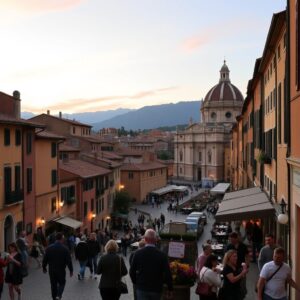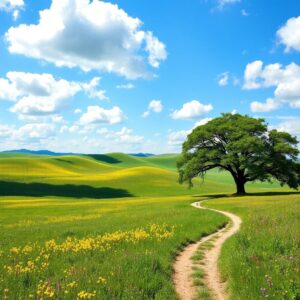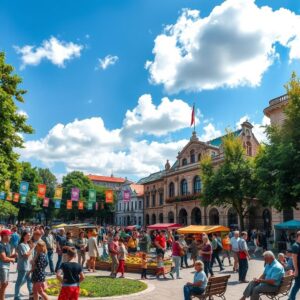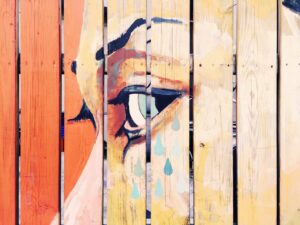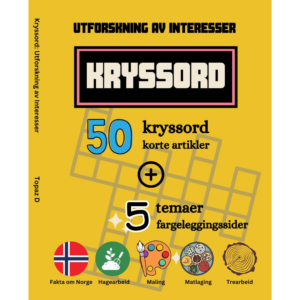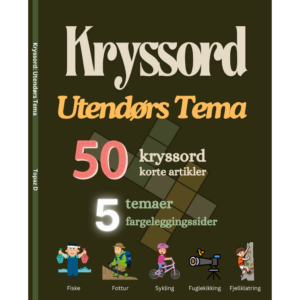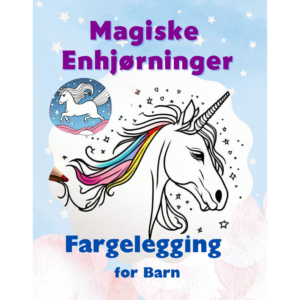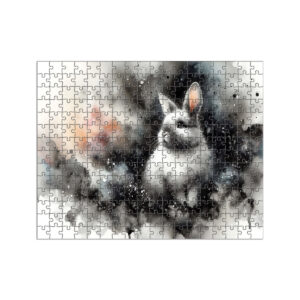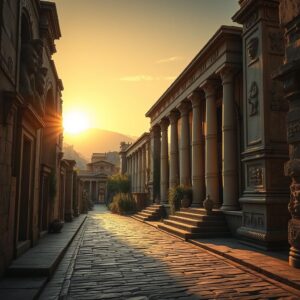
Explore & Play
Discover interesting topics and solve the accompanying crossword puzzle.
City in Japan Crossword: Tokyo, Kyoto, Osaka and More
Table of Contents
City in Japan
You can either fill in the crossword puzzle directly on this page or click the button in the bottom right corner to print it for free.
——————————————
Exploring City in Japan Crossword Clues: Tokyo, Kyoto, Osaka and More
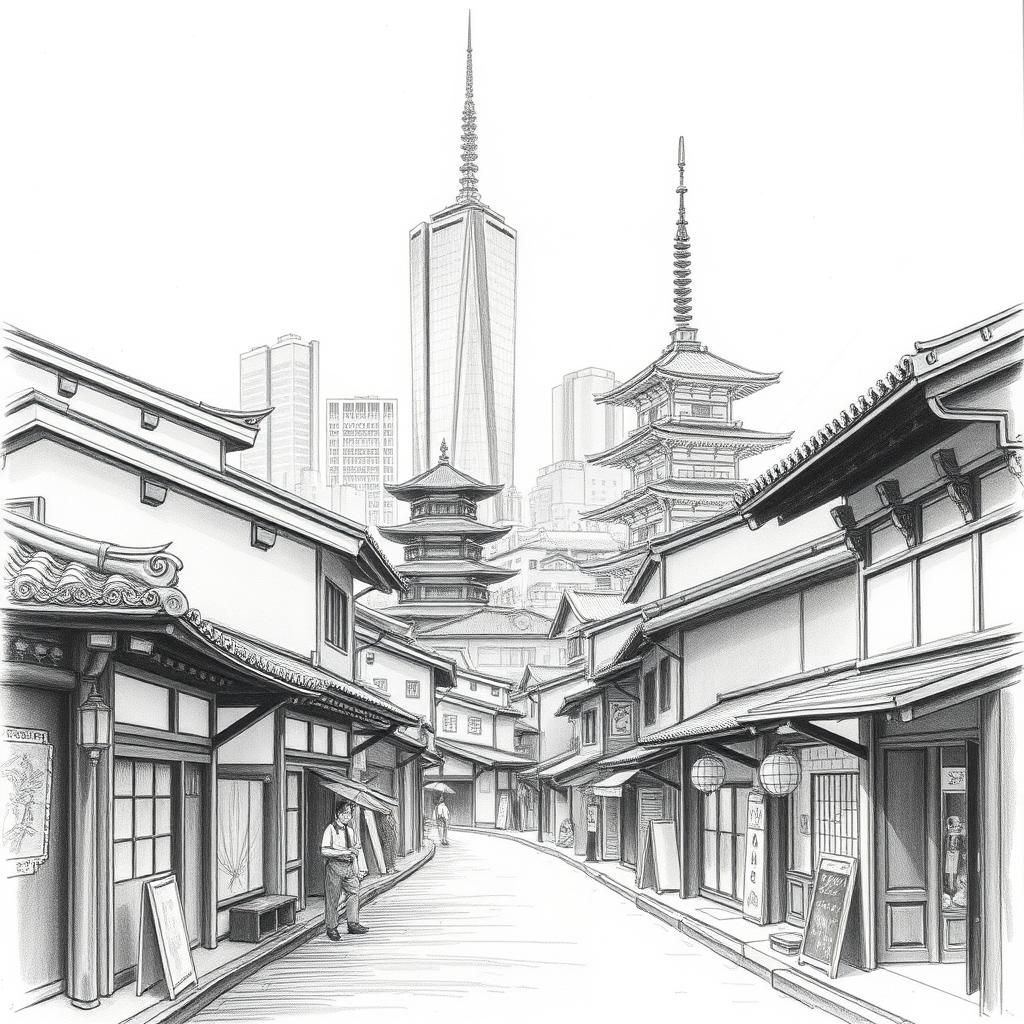
Introduction
Picture this: you’re staring at a crossword puzzle, and the clue reads “Japanese city” or something more cryptic hinting at Tokyo, Kyoto, or Osaka. These city names pop up again and again, not just because Japan is a fascinating country, but because each city carries layers of history and culture that puzzle creators love to tap into. Understanding a city’s story—its role in history, its unique charm—can turn a guessing game into a satisfying moment of recognition.
This guide isn’t just about memorizing city names; it’s an invitation to walk through Japan’s bustling streets and ancient temples with a curious eye. From Tokyo’s rapid rise from Edo’s humble fishing village to Kyoto’s timeless elegance as an imperial capital, each place invites you to think deeper about the clues you encounter on the page. Whether you’re a seasoned solver or new to Japanese-themed puzzles, knowing a bit about these places adds life to the challenge and makes each answer more than just a word—it becomes part of a story.
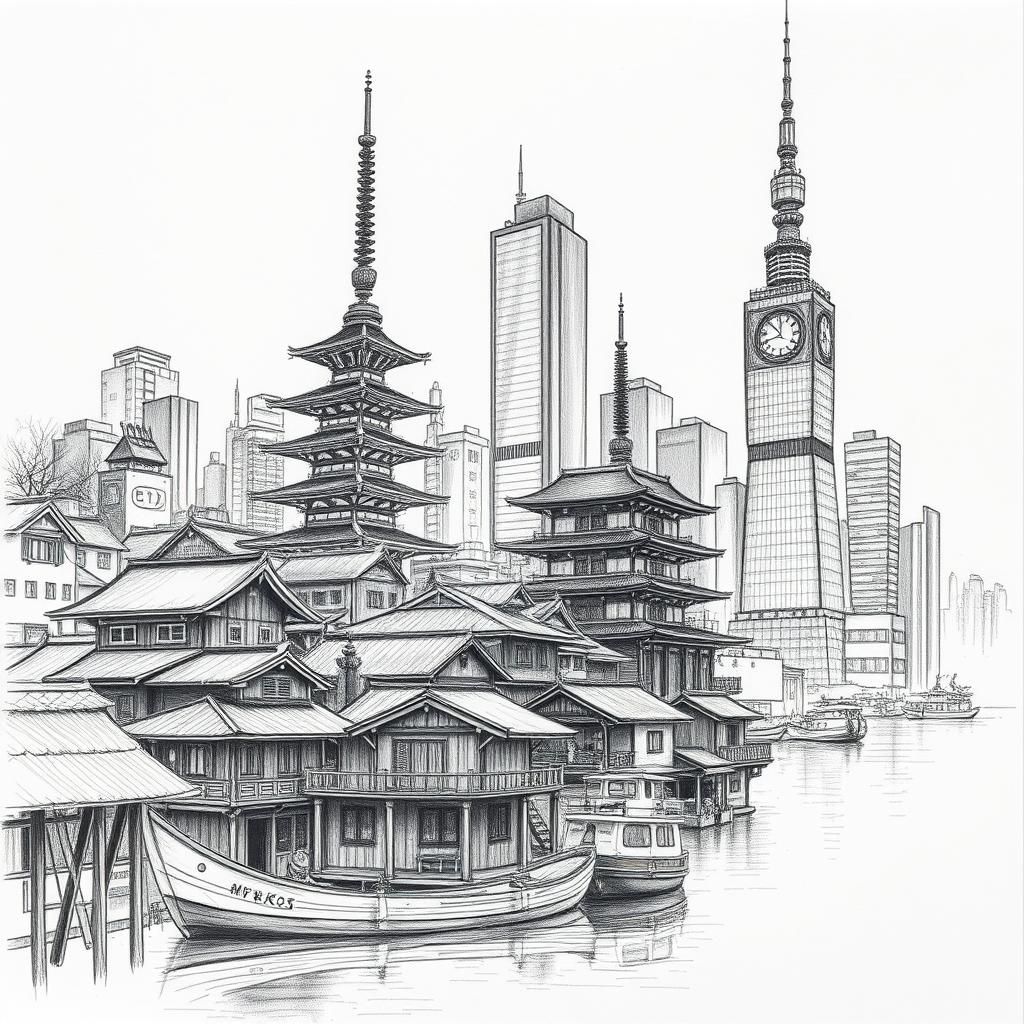
Tokyo: Japan’s Metropolitan Capital
Imagine a sleepy fishing village nestled along Tokyo Bay, its name Edo—a simple place where fishermen and farmers once lived quietly. Fast forward a few centuries, and that same spot transforms into Tokyo, a sprawling metropolis pulsing with energy, neon lights, and a blend of the old and new that feels uniquely alive. This city is a living testament to reinvention, where centuries-old temples stand just blocks away from towering skyscrapers and cutting-edge technology.
Tokyo’s story is one of constant change. From the shogunate era to becoming Japan’s political and cultural capital, it has absorbed countless influences while shaping the nation’s identity. Walking through its streets is like stepping into a place where time folds over itself: the echo of samurai steps meets the hum of subway trains; the scent of incense mingles with the aroma of fresh ramen.
For crossword enthusiasts, Tokyo appears in puzzles with hints that reach back to its Edo roots or celebrate its status as a modern megacity. Clues might nod to historical periods, famous districts like Shibuya or Shinjuku, or even contemporary cultural icons. Recognizing these layers makes puzzles not just a game, but a doorway into a city that never stops storytelling.
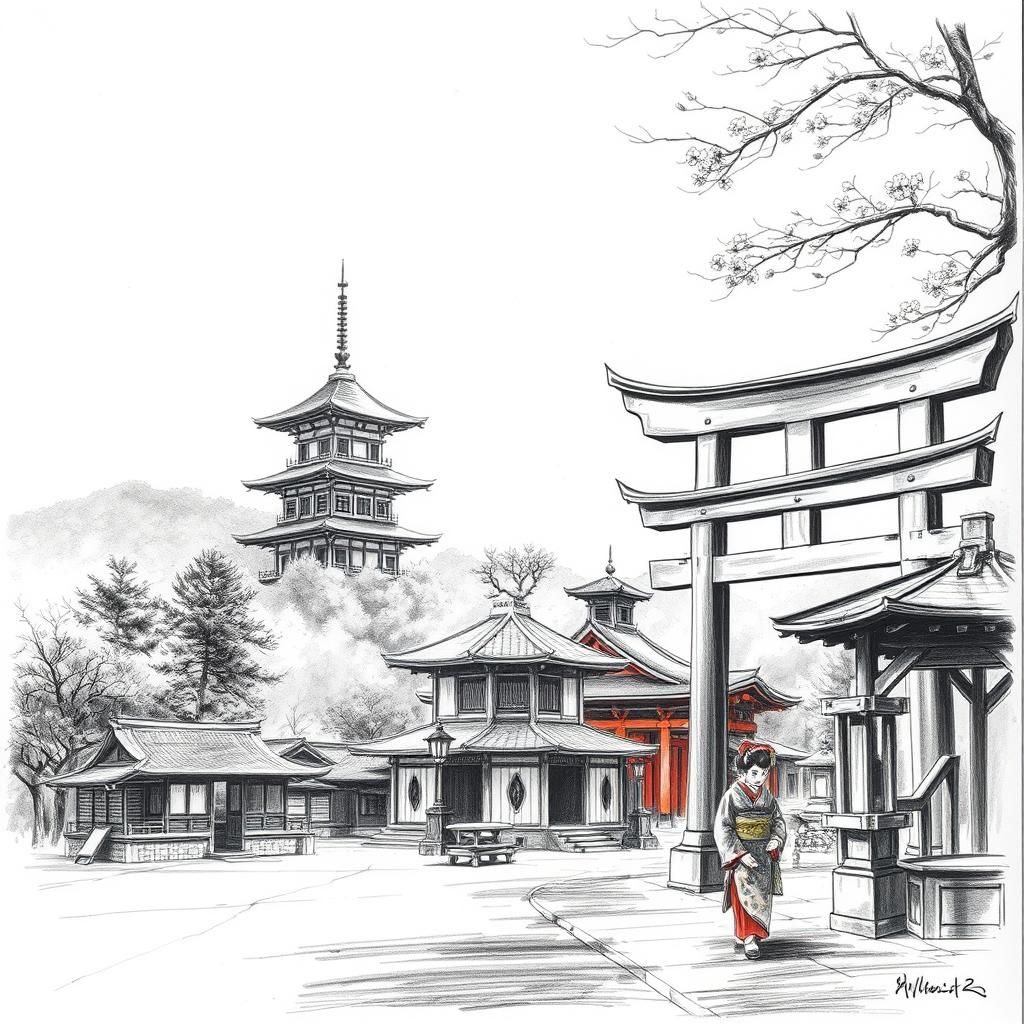
Kyoto: The Imperial Heart of Japan
Step into Kyoto, and it’s like opening a well-worn book filled with centuries of Japan’s proudest stories. For over a thousand years, this city was the imperial capital—a place where emperors lived and the rhythm of court life set the tone for the nation. Though the capital moved to Tokyo in the 19th century, Kyoto’s soul remains deeply tied to its regal past.
Wandering through the city, you find yourself surrounded by a living museum. Temples and shrines dot the landscape—each one whispering tales of ancient rituals, artistic mastery, and spiritual devotion. The iconic Kinkaku-ji, or Golden Pavilion, gleams against the serene waters of its pond, while the quiet stoicism of the Fushimi Inari Shrine’s endless tunnels of vermilion torii gates invites you to ponder the connection between nature and humanity.
Kyoto’s cultural pulse beats strongest during its traditional festivals, like Gion Matsuri, where centuries-old parades swirl through the streets, carrying the echoes of community and celebration. Here, every corner turned feels like a step back in time, yet the city is alive with local artisans, tea houses, and geisha districts that blend age-old crafts with vibrant present-day life.
Crossword clues often capture this essence— hints toward “ancient capital,” references to its countless temples, or nods to its deeply refined culture. Knowing Kyoto isn’t just a name but a story of Japan’s heart makes those puzzle pieces fall into place a little more effortlessly. It’s more than just a spot on the map; it’s a portal to the elegance and endurance of Japan’s imperial legacy.
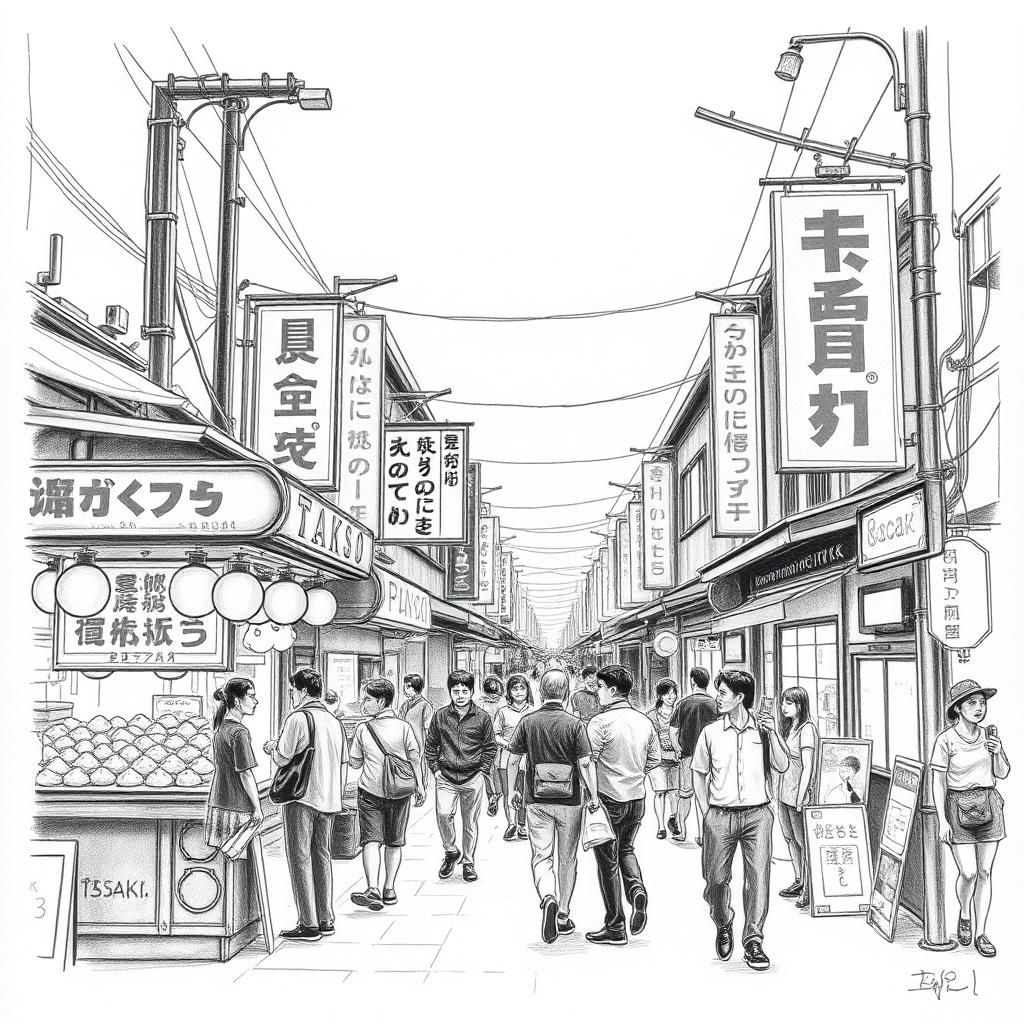
Osaka: Japan’s Food and Urban Hub
When you think of Osaka, think flavor. This city is Japan’s unofficial food capital—where street stalls fill the air with the irresistible scent of takoyaki (octopus balls) and okonomiyaki (savory pancakes). But Osaka isn’t just about the palate; it’s a bustling urban center, a cultural heartbeat just southwest of Kyoto and near the port city of Kobe.
Osaka’s roots dig deep into Japan’s history as a commercial hub. It grew from a humble fishing village into a powerhouse of trade, shaping its lively vibe and making it a magnet for business and creativity. Today, the city is famous for its friendly locals, big personalities, and that unmistakable energy you feel in its neon-lit streets and crowded marketplaces.
In crossword puzzles, Osaka often pops up through hints about food, dynamic city life, or its close relationship with Kobe. You might see clues nodding toward its nickname as “Japan’s Kitchen” or hints referencing its culinary specialties that have delighted locals and travelers for centuries. This makes Osaka a key cultural and historical piece of the puzzle—both literally and figuratively.
Peeling back the layers of Osaka reveals a city where tradition and modernity coexist, where each bite tells a story, and where the past pulses through every street corner. For crossword enthusiasts, knowing Osaka’s rich character turns a simple clue into a vivid scene of life in Japan’s vibrant western heart.

Hiroshima: Symbol of Resilience
Close your eyes for a moment and picture Hiroshima—not just as a spot on a map, but as a city that rose from unimaginable devastation to become a universal emblem of peace and hope. In 1945, Hiroshima was forever marked by the atomic bombing—the world’s first use of nuclear weapons in war—which turned the cityscape to rubble and left deep scars on its people. Yet, from those ashes, Hiroshima rebuilt itself, weaving a story of recovery that ripples far beyond Japan’s borders.
In the world of crosswords, Hiroshima often appears as a poignant clue, carrying with it weighty associations. Puzzle creators frequently nod to its history by referencing the bombing itself or the city’s tireless efforts toward peace advocacy. You might find questions alluding to “the first city hit by an atomic bomb” or “site of the 1945 devastation,” inviting solvers to recall this dark chapter of the past. But there’s more here than tragedy—Hiroshima’s story is also about resilience and renewal, themes that echo through history-themed puzzles and challenge players to connect the dots between past and present.
Walking through Hiroshima today, one might glimpse the delicate balance between memory and moving forward. The Peace Memorial Park, with its solemn Atomic Bomb Dome and quiet museums, invites visitors—not to dwell solely on sorrow, but to reflect on humanity’s capacity to rebuild and hope. For crossword enthusiasts, recognizing Hiroshima’s layered significance enriches each puzzle. It turns simple wordplay into a subtle homage, a reminder that behind every clue lies a city with stories worth telling and remembering.
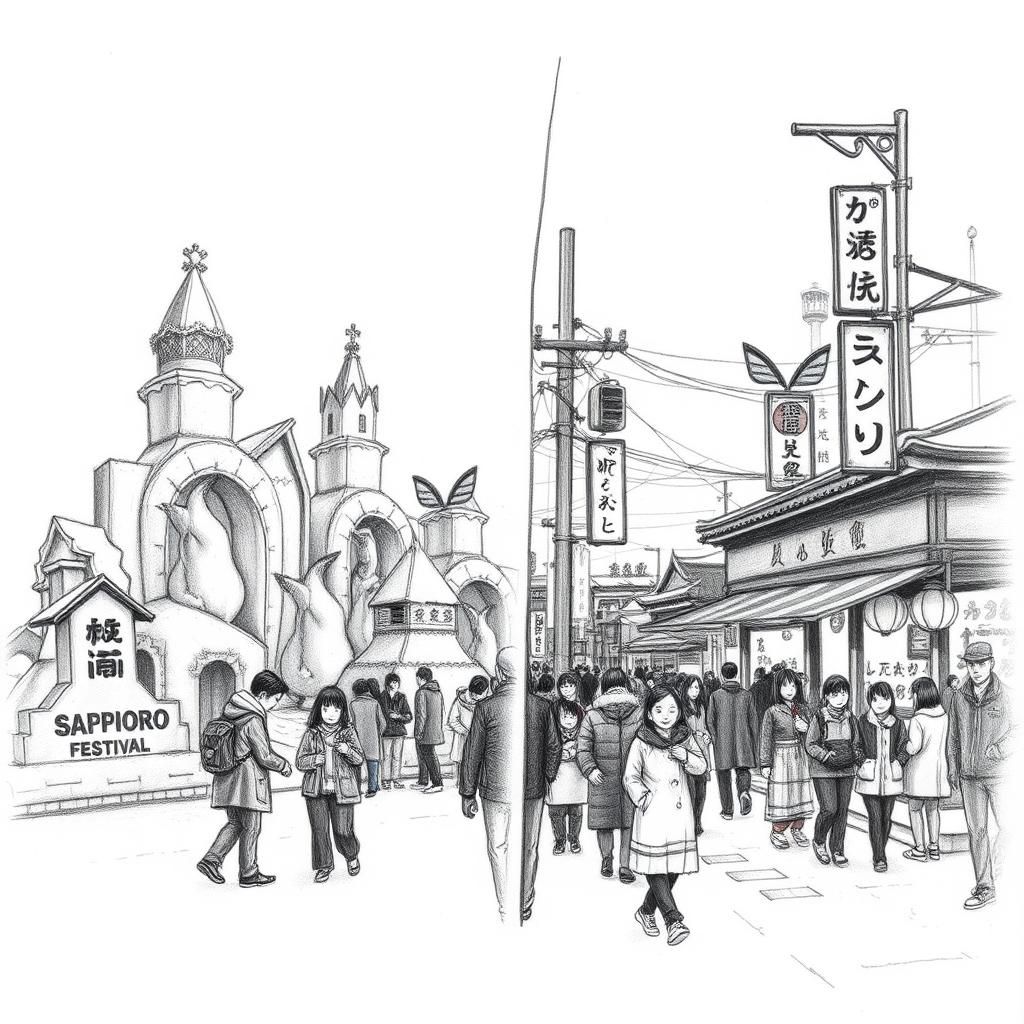
Sapporo and Fukuoka: Regional Cultural Centers
Step into Sapporo, and you’re immediately greeted by the crisp chill of snowy winters, a city famous not just for its powdery peaks but for vibrant festivals that light up cold nights. The Sapporo Snow Festival, a dazzling display of ice sculptures and winter wonder, draws visitors from all over the world. Beyond the snow, Sapporo carries a distinctly northern charm — laid-back streets lined with cozy ramen shops and historic beer halls whisper stories from its past as a frontier settlement.
Travel south to Fukuoka, and the atmosphere shifts to warmth and bustle. As the gateway to Kyushu, it’s a thriving urban hub blending ancient traditions with a lively modern scene. Fukuoka’s famous Hakata Gion Yamakasa festival, with its thunderous drumbeats and colorful floats, celebrates a spirit that’s both fiercely local and inviting. Known for its fresh seafood and street food stalls, the city’s flavors tell tales of coastal life and cultural crossroads.
In the world of crossword puzzles, Sapporo and Fukuoka make frequent appearances not just because of their size, but for the rich, regional diversity they represent. Clues often hint at Sapporo’s snowy landscapes or Fukuoka’s southern position, inviting solvers to think beyond the well-trodden paths of Tokyo or Kyoto. These cities add texture to puzzles, reminding us that Japan’s story isn’t just about the capitals — it’s a tapestry of regions, each with its own pulse.
Next time you encounter Sapporo or Fukuoka in a crossword, imagine the biting winter air or the festive drums echoing through the streets. It’s a small invitation to explore Japan’s cultural depth, one clue at a time.
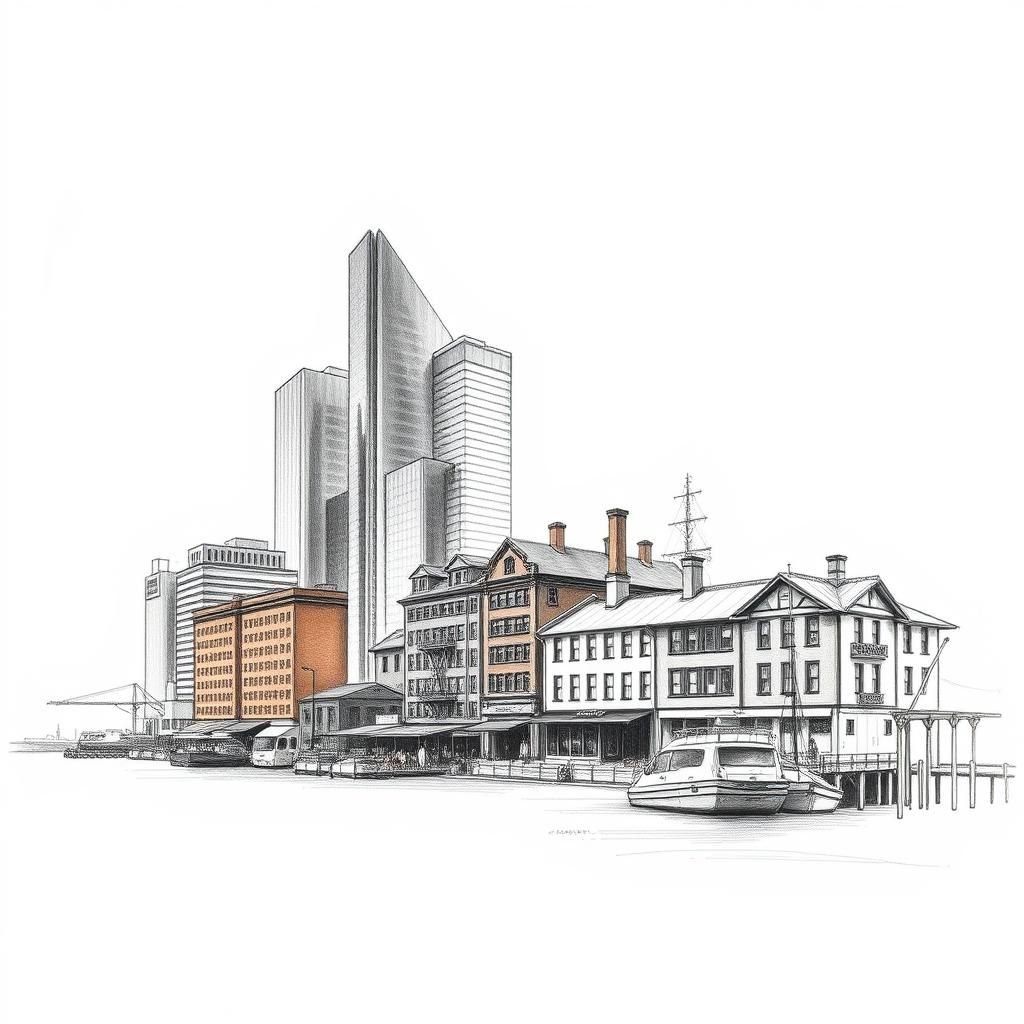
Yokohama: Japan’s Historic Port City
Picture a waterfront where sleek skyscrapers rise alongside red-brick warehouses, footprints of a past that opened the door to the world. Yokohama holds the title as Japan’s second-largest city, but it’s more than just numbers—it’s a living story of transformation. When the port opened in 1859, it marked Japan’s first major step toward global trade after centuries of isolation. Ships from distant lands brought spices, technology, and new ideas, turning Yokohama into a bustling gateway between East and West.
In crossword puzzles, Yokohama often shows up with clues hinting at its historic role as a port city or its status just outside Tokyo. You might see references to its mix of modernity and tradition—those hovercraft-like ferris wheels or the charming streets of the old port district. Knowing Yokohama’s story helps puzzle solvers spot these hints, connecting the dots between a clue about commerce and the vibrant city that made it possible.
Beyond the puzzles, walking through Yokohama today feels like stepping into a chapter where history and tomorrow live side by side—warm sea breezes carrying echoes of ships long gone, and the hum of a city still open to the world.
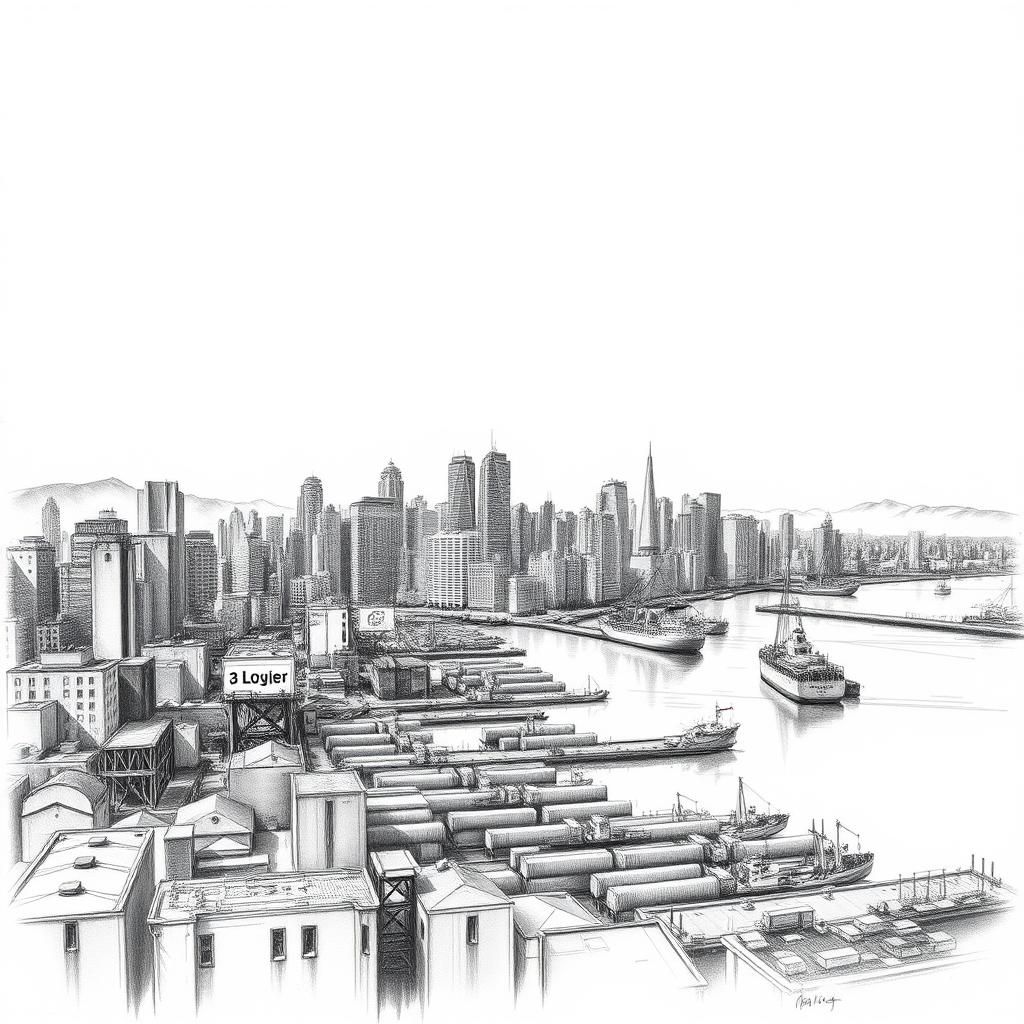
Kobe: Economic Partner to Osaka
Nestled just a stone’s throw from Osaka, Kobe quietly holds its own as a vibrant city with a distinct personality. Together, they form one of Japan’s most dynamic urban duos, linked not only by geography but by a shared pulse of commerce and culture. Kobe’s port, one of the busiest in Japan, has long been a gateway for international trade, giving the city a cosmopolitan flair that sets it apart.
Life here hums with a blend of international influences and local charm—a place where sleek skyscrapers meet historic neighborhoods, and where fresh seafood markets buzz alongside chic cafes. This mix makes Kobe a favorite in crossword puzzles, especially when paired with Osaka, highlighting their economic partnership and cultural interplay.
Crossword clues often lean on Kobe’s nautical reputation or its stylish, worldly vibe, nudging solvers to remember this port city’s crucial role in Japan’s economic landscape. So when you see Kobe crop up alongside Osaka in a puzzle, think of the bustling harbor, the scent of salt in the air, and a city that thrives quietly in the shadow—and spotlight—of its neighbor.
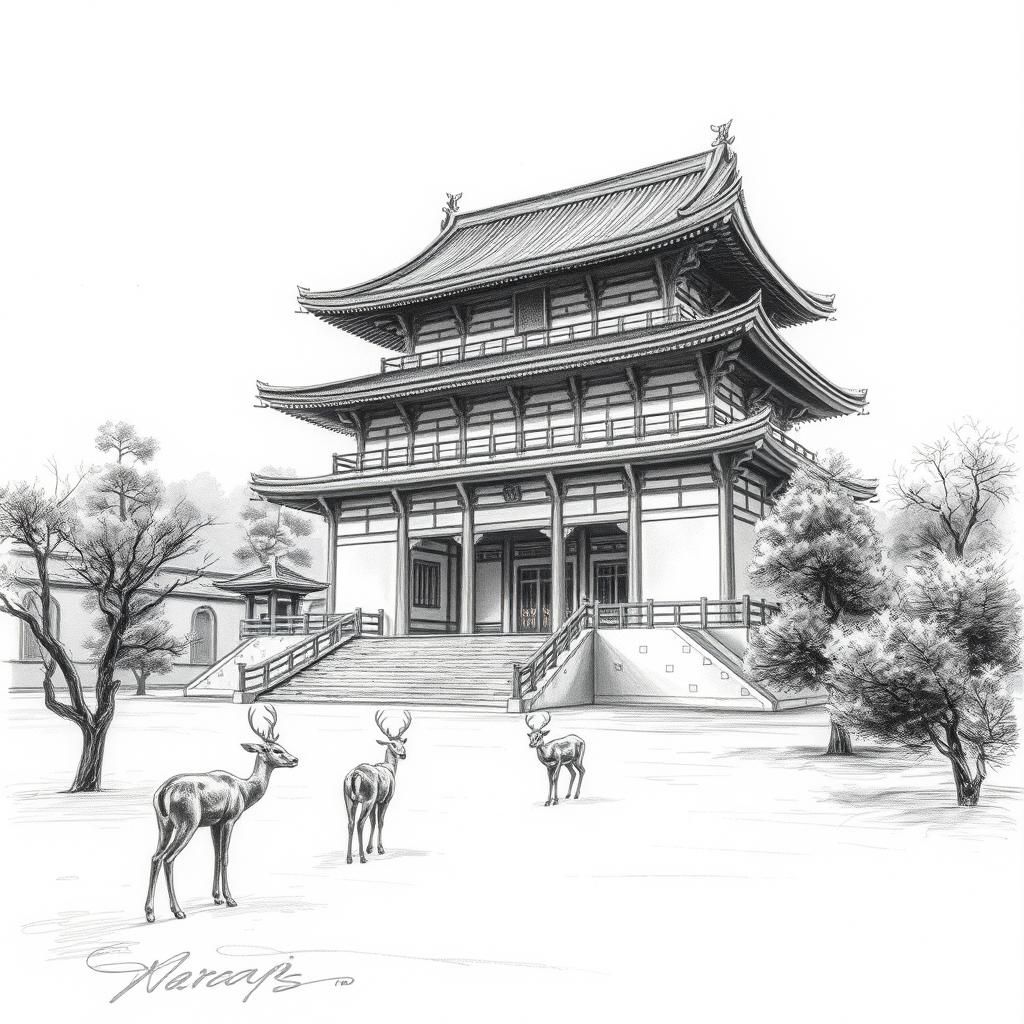
Nara and Nagoya: Historical Myths and Traditional Crafts
Step back in time and you’ll find Nara, Japan’s first permanent capital, quietly nestled amid ancient temples and sprawling deer parks. Known as much for its peaceful beauty as for its stories, Nara carries the air of a place where history gently whispers. Once the heart of the Yamato period, this city holds treasures like the Todai-ji Temple, home to a colossal bronze Buddha that has stood watch since the 8th century. Crossword puzzles often nudge solvers toward Nara by hinting at these legendary sites or the city’s early capital status. You might even spot clues referencing the sacred deer that roam freely, symbols of a long-standing harmony between nature and spirituality.
Contrast this with Nagoya, a city that blends industrial vigor with refined tradition. Known as a powerhouse of manufacturing—especially in automotive and aerospace sectors—Nagoya still keeps its cultural pulse strong through traditional crafts like ceramics and textiles. Its historic castle, rebuilt yet authentic, stands as a testament to both resilience and heritage. Crossword clues about Nagoya tend to focus on these crafts or its economic role, offering a glimpse into a city that’s more than just a name on the map. Sometimes overshadowed by Tokyo or Kyoto, Nagoya invites us to look deeper: here is a place where the past and present shape a distinctly Japanese rhythm.
Together, Nara and Nagoya show us two sides of Japan’s story—one steeped in myth and sacred tradition, the other thriving with innovation yet rooted in culture. When these cities appear in crossword clues, they’re more than puzzle answers; they’re gateways to the layered humanity that anchors Japan’s rich history. So, next time you see “ancient capital” or “traditional crafts” pop up, imagine the stories beneath those words, waiting to be uncovered.
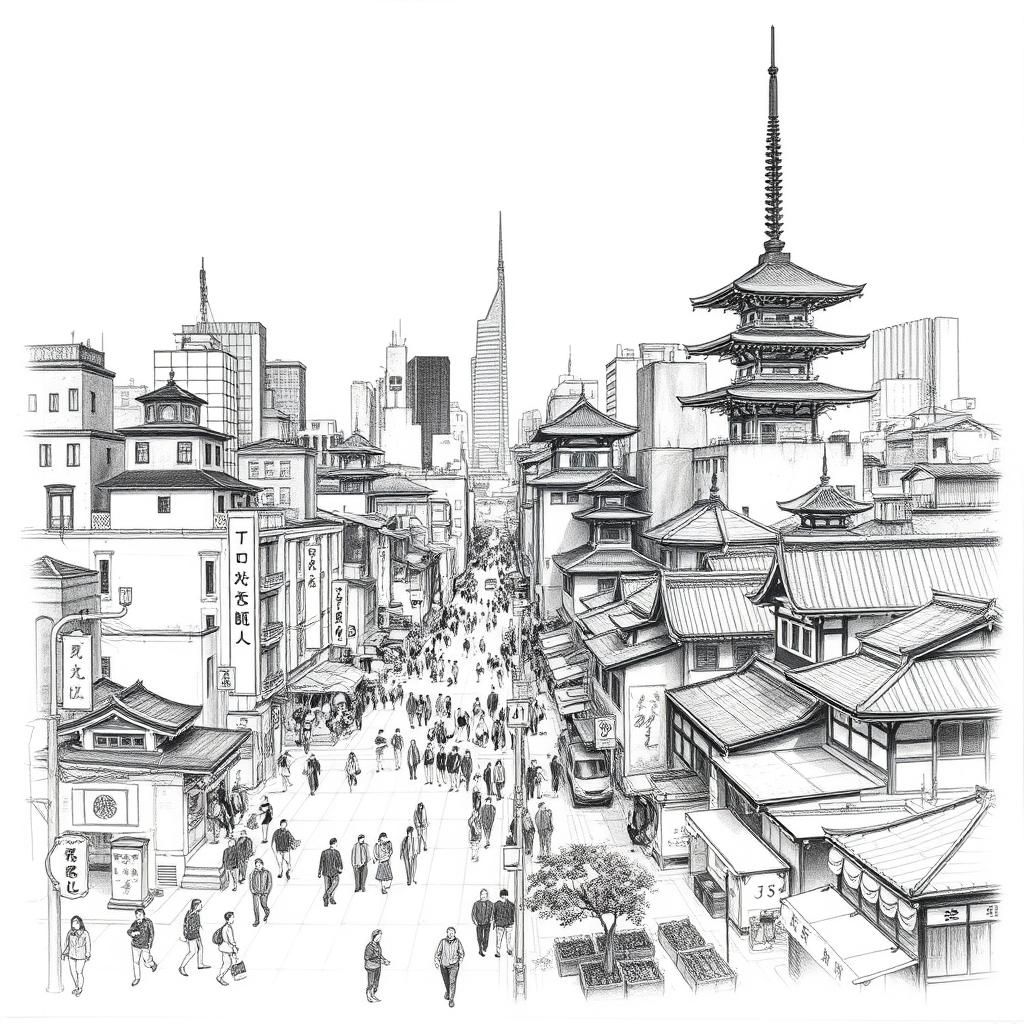
As we’ve seen, each Japanese city brings its own flavor to the crossword puzzle table—Tokyo’s bustling metropolis, Kyoto’s timeless elegance, Osaka’s lively spirit, and beyond. Knowing a city’s history and culture isn’t just trivia; it’s your secret weapon in decoding clues. When you spot a mention of Edo, the food capital, or the site of a historic event, these details open doors to answers that might otherwise stay hidden.
Crosswords are a quiet journey across Japan’s landscapes and stories, inviting you to connect past and present with every filled-in square. So next time you face a clue about a Japanese city, remember there’s a story waiting there—one you can uncover, one letter at a time. Keep exploring, keep puzzling, and let the rich tapestry of Japan’s culture guide you through the grid.
Share to...
I hope you enjoy the content.
Want to receive our daily crossword puzzle or article? Subscribe!
You may also be interested in
Share to…
Want to receive our daily crossword puzzle?
-
Jigsaw Puzzles
Rose-Tinted Dreams Floral Puzzle 250 | 300 | 500 Pieces
kr 348,00 – kr 439,00Price range: kr 348,00 through kr 439,00 Select options This product has multiple variants. The options may be chosen on the product page -
Jigsaw Puzzles
Bryggen Waterfront Puzzle: Vibrant Bergen Scene 250 | 300 | 500 Pieces
kr 348,00 – kr 439,00Price range: kr 348,00 through kr 439,00 Select options This product has multiple variants. The options may be chosen on the product page -
Jigsaw Puzzles
Chinese Zodiac Rabbit Jigsaw Puzzle – Ink Art Series 250 | 300 | 500 Pieces
kr 348,00 – kr 439,00Price range: kr 348,00 through kr 439,00 Select options This product has multiple variants. The options may be chosen on the product page
